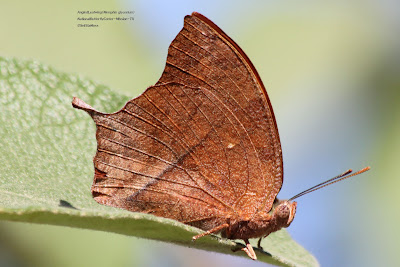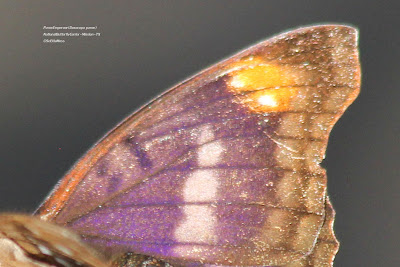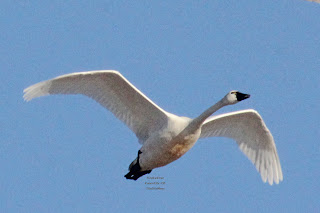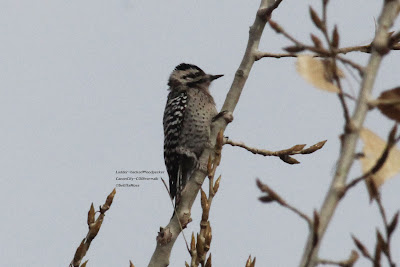[post note, 12/30: as noted in next post I now believe there has only been one Zone-tailed Hawk, a juvenile] As I noted in an earlier post, I found the juvenile Zone-tailed Hawk in the morning while we were doing the Christmas Bird Count at Frontera Audubon Center. That (yesterday) afternoon Pat Heirs, with whom I was doing this count, spotted this second Zone-tailed Hawk less than a quarter mile from where the juvenile had been perching. This bird was more distant so it was more of a challenge to identify it. Though we looked through my Zeis spotting scope we could not see, and I did not photograph, the wide white band (or additional smaller white bands found on females of this species) that is so diagnostic for Zone-tailed Hawks. However, as noted in Wheeler's Hawks of Western North America , "When perched, wingtips extend far beyond tertials..." The wings can obscure the white tail bands. Note that on middle pic there are some tree blurry tree leaves in front...























